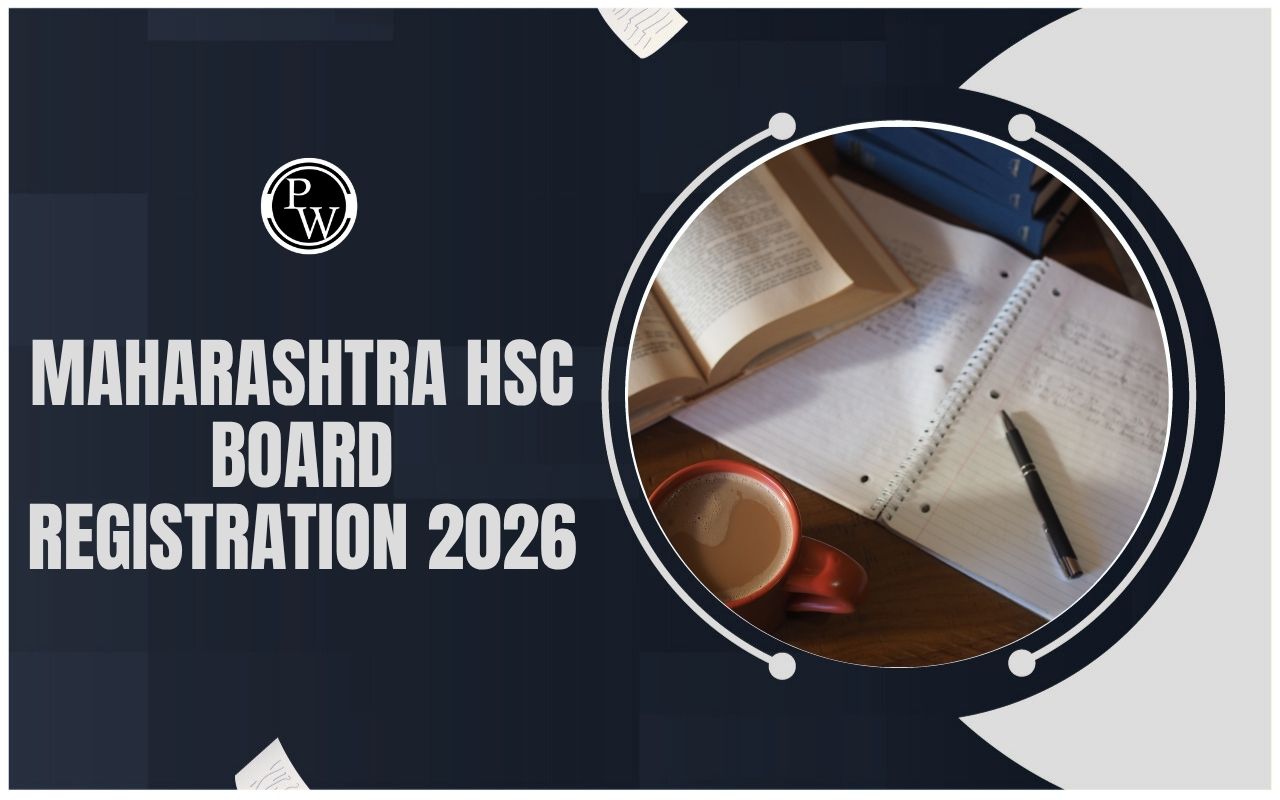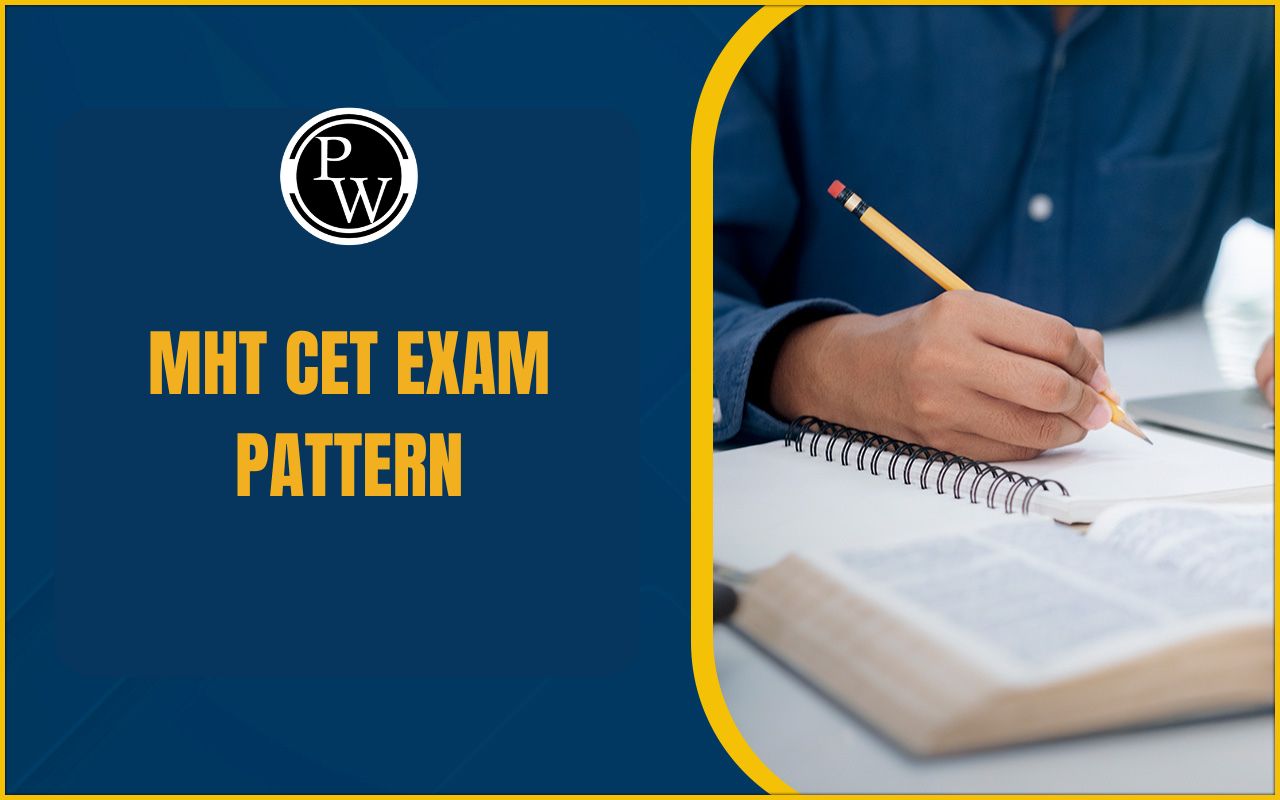
Marathi Physics Notes for Class 11 and 12: Marathi Physics Notes for Class 11 and 12 are designed to help students understand core concepts with clarity and simplicity.
These notes are aligned with the latest Maharashtra State Board syllabus and follow the current exam pattern. Each chapter includes key formulas, definitions, diagrams, and solved examples to strengthen conceptual understanding.
Difficult topics like motion, thermodynamics, electricity, and optics are explained in easy Marathi language, making learning accessible and effective.
These notes also include important questions from previous year papers for better exam preparation. Ideal for both Class 11 and 12, they are perfect for revision and self-study.
Also Read: Marathi History (EM) notes for class 10
Marathi Physics Notes for Class 11 and 12
Check the table below for Marathi Physics Notes for Class 11 and 12. These notes are based on the latest syllabus and exam pattern, with topic-wise PDFs to help students revise key concepts and prepare effectively for exams.
|
Marathi Physics Notes for Class 11 and 12 |
|
|
Topic |
Download (PDF) |
|
Motion in Plane |
|
|
Newton’s Law of Motion |
|
|
Gravitation |
|
|
Rotational Dynamics |
|
|
Oscillation |
|
|
Sound Waves and Doppler Effect |
|
|
Superposition of Waves |
|
|
Optics |
|
|
Wave Optics |
|
|
Mechanical Properties of Fluids |
|
|
Kinetic Theory of Gases |
|
|
Thermodynamics |
|
|
Thermal Properties of Matter |
|
|
Electrostatics (XI) |
|
|
Electrostatics (XII) |
|
|
Current Electricity |
|
|
Magnetism |
|
|
Magnetic Field Due to Electric Current |
|
|
AC |
|
|
EMI |
|
|
Semiconductor & Semiconductor Devices |
|
|
Structure of Atoms & Nuclei |
|
Also Read: Marathi Geography(Semi) notes for class 10
Detailed Overview of Marathi Physics Notes for Class 11 and 12
Here is a Detailed Overview of Marathi Physics Notes for Class 11 and 12, based on each topic from the table:
-
Motion in Plane
Explains the concept of vectors, displacement, velocity, and acceleration in two dimensions. Ideal for mastering projectile motion and circular motion basics. -
Newton’s Law of Motion
Covers all three laws of motion with real-life applications and numerical problems. Important for understanding forces and their effects. -
Gravitation
Includes Newton’s law of gravitation, acceleration due to gravity, and satellite motion. Helps build the base for astronomy-related physics. -
Rotational Dynamics
Focuses on rotational motion, torque, moment of inertia, and angular momentum. A scoring topic with visual understanding. -
Oscillation
Describes periodic and simple harmonic motion, damped and forced oscillations. Explains the basis for sound and wave chapters. -
Sound Waves and Doppler Effect
Covers wave properties, sound wave behavior, and Doppler shift with examples. Useful for practical understanding in acoustics. -
Superposition of Waves
Introduces wave interference, beats, and stationary waves. Strengthens concepts related to resonance and harmonics. -
Optics
Discusses reflection, refraction, lenses, and mirrors. Includes ray diagrams and numerical examples crucial for board exams. -
Wave Optics
Focuses on diffraction, interference, and polarization. Concept-heavy chapter needed for higher-level physics. -
Mechanical Properties of Fluids
Deals with pressure, viscosity, surface tension, and buoyancy. Real-life applications make this chapter both fun and informative. -
Kinetic Theory of Gases
Explains molecular motion, gas laws, and derivation of kinetic equations. Connects thermodynamics and real gas behavior. -
Thermodynamics
Covers the laws of thermodynamics, heat engines, and entropy. Essential for understanding energy transfer. -
Thermal Properties of Matter
Focuses on temperature, thermal expansion, and heat capacity. Simple yet important for conceptual clarity. -
Electrostatics (XI)
Introduces electric charge, Coulomb’s law, field and potential. Foundation for all electrical chapters in Class 12. -
Electrostatics (XII)
Builds on Class 11 concepts with applications like capacitors and Gauss’s law. High weightage in competitive exams. -
Current Electricity
Covers Ohm’s law, resistance, EMF, and Kirchhoff’s laws. Practical and numerical-heavy chapter for board scoring. -
Magnetism
Explains magnetic fields, earth’s magnetism, and magnetic materials. Conceptually rich and diagram-based. -
Magnetic Field Due to Electric Current
Covers Biot–Savart law, Ampere’s law, and electromagnetic effects. Connects electricity and magnetism. -
AC (Alternating Current)
Deals with AC circuits, impedance, reactance, and resonance. Important for both theory and numericals. -
EMI (Electromagnetic Induction)
Describes Faraday’s laws, Lenz’s law, and self/ mutual induction. Strongly linked to real-world electric devices. -
Semiconductor & Semiconductor Devices
Covers diodes, transistors, logic gates, and applications. A modern physics chapter with technological relevance. -
Structure of Atoms & Nuclei
Explains atomic models, nuclear reactions, radioactivity, and particle physics. Bridges classical and modern physics concepts.
Also Read: Marathi English Notes for Class 10
Benefits of Using Marathi Physics Notes for Class 11 and 12
Below, we have provided the benefits of using these notes -
- Aligned with the Latest Syllabus and Exam Pattern
These notes follow the updated Maharashtra State Board syllabus, helping students stay focused on relevant content. - Concept Clarity in Marathi
Difficult physics concepts are explained in simple Marathi, making it easier for native speakers to understand and remember. - Topic-Wise PDF Format
Each topic is available as a separate PDF, allowing organized study and targeted revision. - Includes Key Formulas and Diagrams
Important formulas, definitions, and diagrams are highlighted for quick reference and exam preparation. - Previous Year Question Coverage
Many notes include commonly asked questions from past board exams, helping students identify important areas. - Ideal for Self-Study and Quick Revision
Designed to support independent learning, these notes are perfect for last-minute preparation and daily reviews. - Time-Saving and Easy to Access
Students can download only what they need, saving time and allowing flexibility in learning. - Boosts Exam Confidence
Well-structured, concise content helps build confidence and reduce exam stress.
| Links Related to MHT CET 2025 | |
| MHT CET 2025 | MHT CET Apply Online |
| MHT CET Syllabus | MHT CET Eligibility Criteria |
| MHT CET Previous Year Question Papers | |
Marathi Physics Notes for Class 11 and 12 FAQs
What are the key concepts taught in Class 11 Physics?
Does Class 12 Physics include electricity and magnetism?
Can I download the notes in PDF format?
Do these notes cover previous year board questions?










